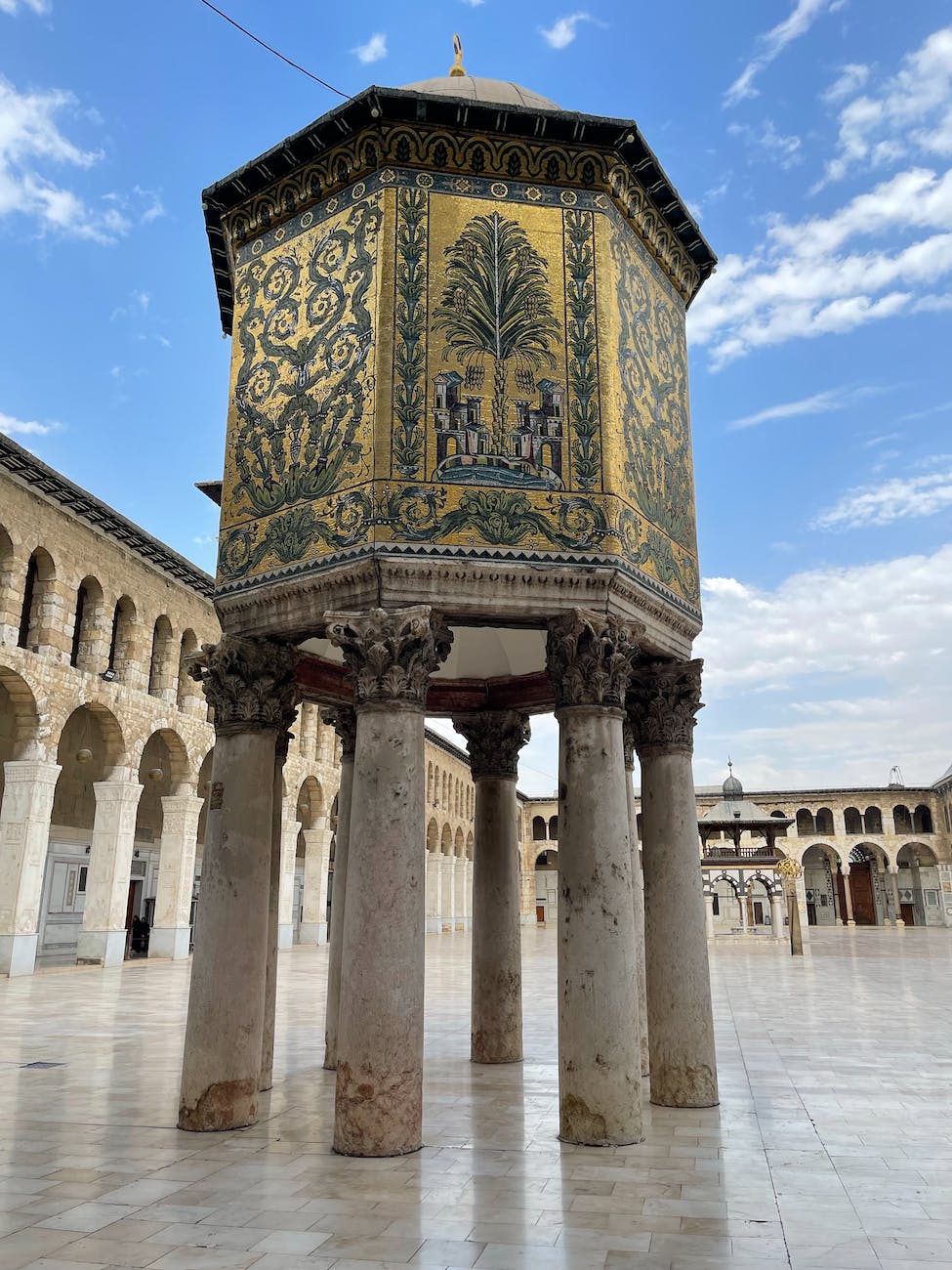
As Syria erupts in to revolt against its leaders, it’s worth remembering how steeped that country is in ancient history. It’s a part of the world where the Knights Templar played a huge role.
Massive and decisive battles were played out in Syria between the Knights Templar and the Saracens. These great clashes happened in a land where many civilisations have flourished and fought. From the Babylonians to the Assyrians, the Hittites and the ancient Greeks.
Syria – from ancient Rome to the Knights Templar
It was one of the richest provinces of the Roman Empire and if you were going to be a governor, Syria was a plum though often troubled posting.
Antioch was the key city – or mega-city by the standards of the time with a six figure population. Not only was it a centre of great learning but also the seat of powerful Christian patriarchs who rivalled Rome, Constantinople and Alexandria for influence over the early church.
However, like most of the Levant – Syria fell under Islamic control in the seventh century AD. The eastern Romans, or Byzantines as we call them, were pushed out. Not forever though.
So integral did the Romans feel that Syria was to their world that they pushed hard to take it back and in the 10th and 11th centuries, Byzantine rule was re-established over cities like Antioch and Tarsus. But the onslaught of the Seljuk Turks saw that undone and Syria once more became part of the caliphate.
But its challenged ownership and history explain why modern Syria is such a patchwork of religious beliefs and tribal loyalties. The Assad regime currently in control has always argued that its strong arm tactics are required to keep order among all these groups – like a dictatorial ringmaster. Clearly this argument is not holding water anymore as ordinary Syrians demand that curious fruit called democracy.
Templar Syria – a jewel of medieval Europe
The Knights Templar knew Syria well and its seaboard fell under the control of different crusader kingdoms during the 11th century. The Principality of Antioch, the County of Edessa, the County of Tripoli and the Kingdom of Jerusalem all impinged on modern Syria. The inland areas including Damascus remained under Seljuk control though there were repeated attempts to take Damascus by the crusaders.
Indeed, many speculate whether the Knights Templar and crusaders should have taken Damascus before Jerusalem to secure their control of the region. If they had done, the history of the crusades and the modern Middle East might have been dramatically different.
Templar forts in Syria include one on the island of Arwad. This was something of a staging post for crusaders between the mainland and Cyprus. By the 1290s with the loss of Jerusalem and the Saracens closing in, the pope gave control of Arward to the Templars to defend to the last man. That’s pretty much what they ended up doing.
FIND OUT MORE: Did most people think the Knights Templar were guilty?
An alliance with the Mongols didn’t save them as their allies failed to show up on time whereas the Seljuk Turks landed and overran the fort. A promise of safe conduct to the surviving Knights Templar was broken and many died in Cairo prisons – refusing to convert to Islam for their freedom.
Modern Tartus in Syria was known as Tortosa to the Knights Templar who ran the town from the 1150s as a fortified base. The cathedral of Our Lady of Tortosa is still there and other antiquities that the French government has been generous in funding to restore. For all the Templar efforts though, Tortosa fell to Saladin in 1188.
DISCOVER: Did the Knights Templar get to America?
A diminished number of Knights Templar did manage to hold on in their castle there for another hundred years but the game was essentially up for the order in Syria.












One thought on “The Templar history of Syria”